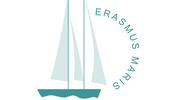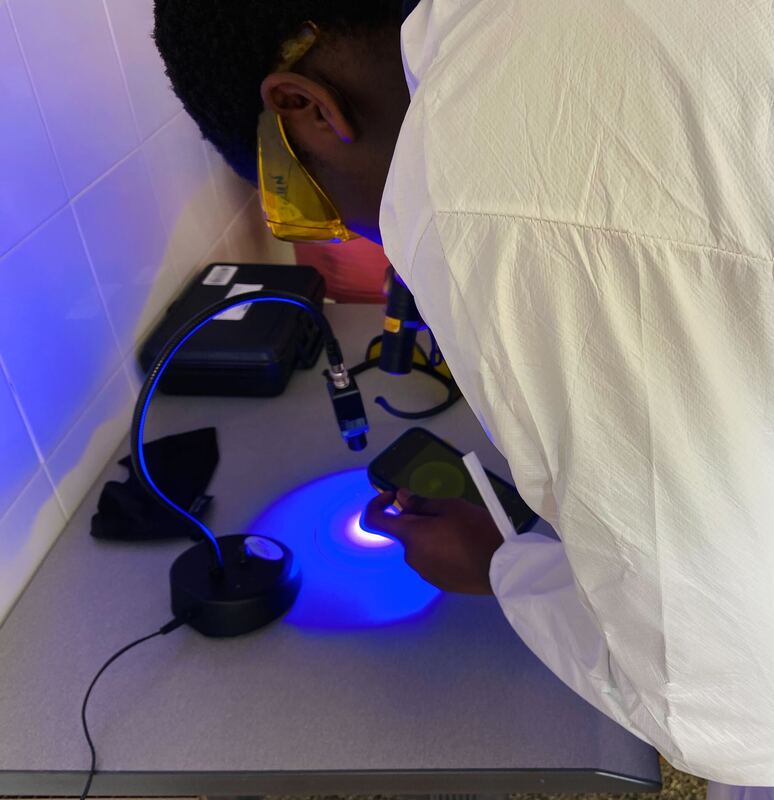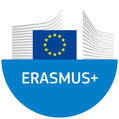1.- Identify & validate methods
- First, the methods (that can be used in secondary school’s labs) to assess microplastic pollution will be identified and a standard Operating Procedures will be elaborated.
- Then, while following international standards, the scientists will validate internally the methods used for assessing microplastic materials.
2.- Raising scientists in schools
- The teachers will transfer these methods to a secondary school chemistry lab.
- Inclusive citizen science campaigns will then take place using the validated methods, where microplastic pollution will be assessed.
3.- Dissemination activities
- Our scientific results will be presented to the scientific community in a number of conferences and other events.
- Environmental awareness campaigns are also planned for the large public.
"Thrilling Exploration and Remarkable Discoveries:
Campus Max Tessenderlo Students Embrace Erasmus Maris Initiative"
Embarking on an exhilarating journey, the enthusiastic 3rd and 4th-year students (aged 15-16) from Campus Max Tessenderlo, a secondary school, have enthusiastically embarked on an exciting journey as part of the Erasmus Maris initiative.
As a first, in response to their request, the school has entered Phase 2 of the program. Sampling in their nearby environment.
Guided by curiosity, they carefully selected two sampling locations along the Demer River in Diest which provide added value for their research.
Their mission? To compare water quality and monitor changes in microplastic levels induced by the local water treatment plant.
With the objective of comparing water quality and observing changes in microplastic load induced by the local water treatment plant, the students collected samples
Equipped with manta nets, jars, sieves, and curiosity, the students collected samples from the Demer River both before and after the water treatment plant.
These samples were later analyzed in the school lab, two days after collection.
The results were remarkable, with an almost 100% recovery rate when analyzing the reference material, developed and produced by JRC, following the Standard Operating Procedure (SOP). The environmental samples were analyzed with equal dedication, and the results will be combined into a small report. (no pressure ;-))
The project proved to be an eye-opening experience for the students. They have gained a deeper understanding of the environmental challenges in their nearby environment and the importance of responsible waste and water management.
By actively participating in the Erasmus Maris initiative, these students have not only expanded their knowledge but also developed a sense of environmental awareness while collecting valuable data.
With each phase of the Erasmus Maris initiative, schools like Campus Max Tessenderlo continue to inspire and educate the next generations. Their commitment to hands-on learning experiences and exploration of their surroundings sets a shining example for other schools to follow and motivates the Erasmus Maris team to continue.
A heartfelt thank you goes to the teachers and students of Campus Max Tessenderlo, whose multimedia coverage has further illuminated their remarkable journey. Stay updated on their adventures by visiting the Erasmus Maris Instagram page: www.instagram.com/erasmus_maris/
As a first, in response to their request, the school has entered Phase 2 of the program. Sampling in their nearby environment.
Guided by curiosity, they carefully selected two sampling locations along the Demer River in Diest which provide added value for their research.
Their mission? To compare water quality and monitor changes in microplastic levels induced by the local water treatment plant.
With the objective of comparing water quality and observing changes in microplastic load induced by the local water treatment plant, the students collected samples
Equipped with manta nets, jars, sieves, and curiosity, the students collected samples from the Demer River both before and after the water treatment plant.
These samples were later analyzed in the school lab, two days after collection.
The results were remarkable, with an almost 100% recovery rate when analyzing the reference material, developed and produced by JRC, following the Standard Operating Procedure (SOP). The environmental samples were analyzed with equal dedication, and the results will be combined into a small report. (no pressure ;-))
The project proved to be an eye-opening experience for the students. They have gained a deeper understanding of the environmental challenges in their nearby environment and the importance of responsible waste and water management.
By actively participating in the Erasmus Maris initiative, these students have not only expanded their knowledge but also developed a sense of environmental awareness while collecting valuable data.
With each phase of the Erasmus Maris initiative, schools like Campus Max Tessenderlo continue to inspire and educate the next generations. Their commitment to hands-on learning experiences and exploration of their surroundings sets a shining example for other schools to follow and motivates the Erasmus Maris team to continue.
A heartfelt thank you goes to the teachers and students of Campus Max Tessenderlo, whose multimedia coverage has further illuminated their remarkable journey. Stay updated on their adventures by visiting the Erasmus Maris Instagram page: www.instagram.com/erasmus_maris/



